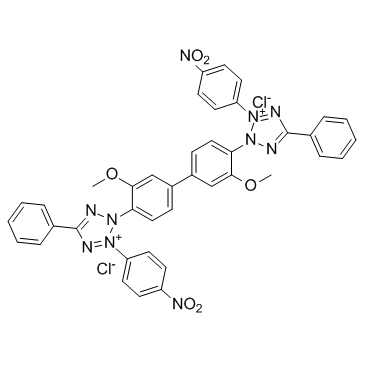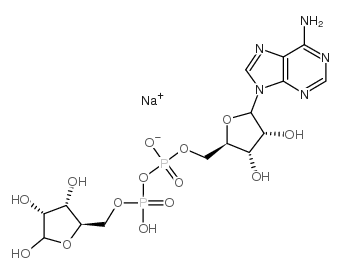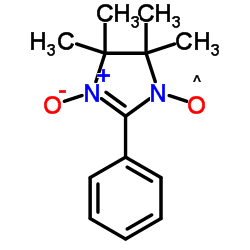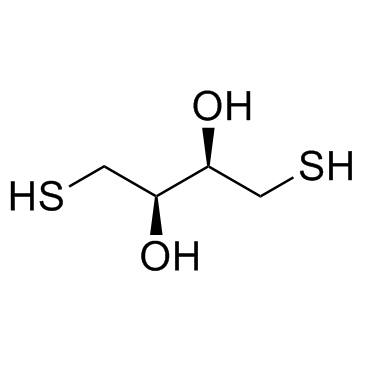| Structure | Name/CAS No. | Articles |
|---|---|---|
 |
Dimethyl sulfoxide
CAS:67-68-5 |
|
 |
NBT
CAS:298-83-9 |
|
 |
Adenosine 5′-diphosphoribose sodium
CAS:68414-18-6 |
|
 |
PTIO
CAS:18390-00-6 |
|
 |
DL-Dithiothreitol
CAS:3483-12-3 |
|
 |
8-Octanoyloxypyrene-1,3,6-trisulfonic acid trisodium salt
CAS:115787-84-3 |